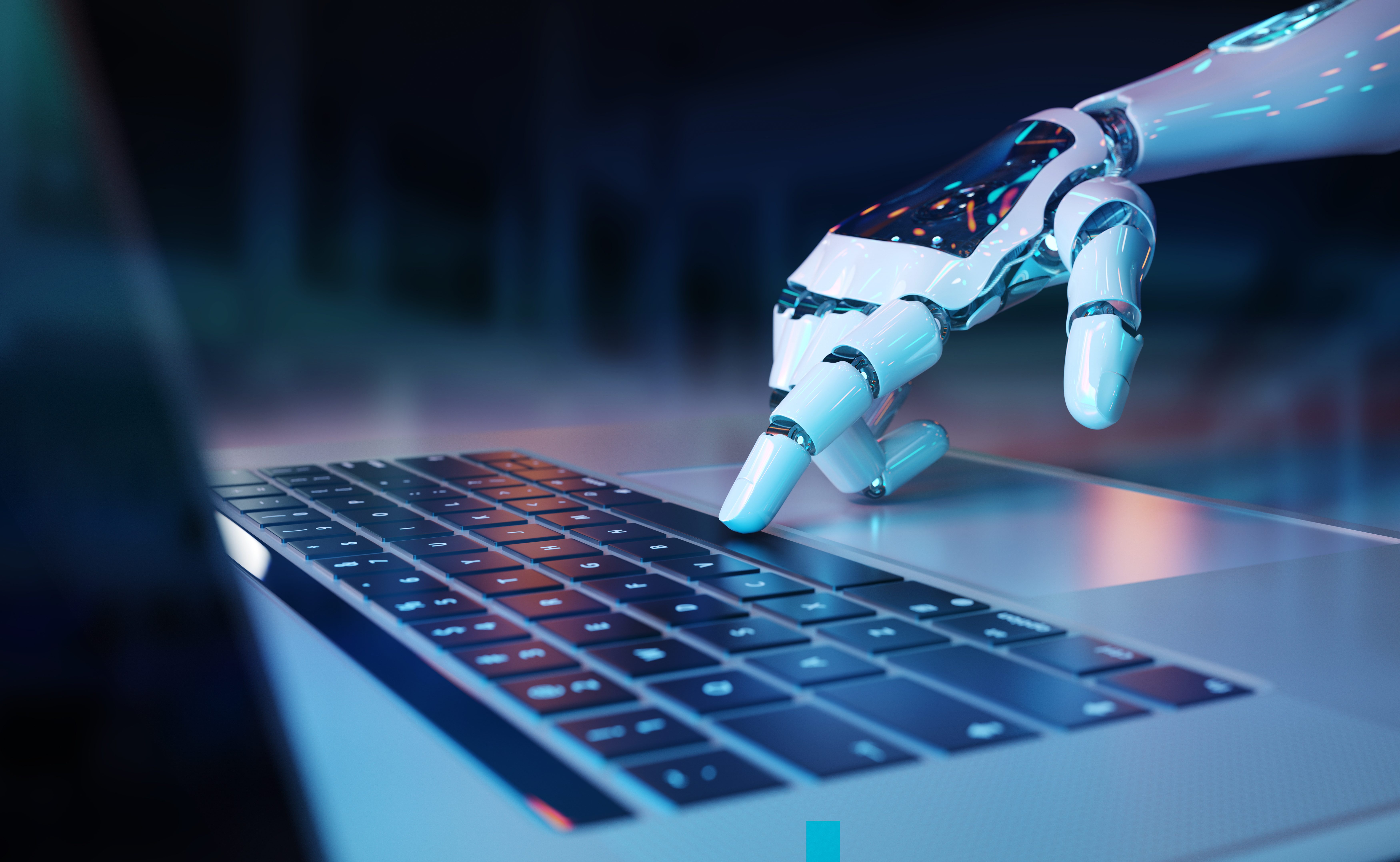Xavier Africa
05/07/2023
Strengths and Limitations: Understanding AI
Capabilities
In our previous article, we embarked on a journey to demystify AI, exploring its essence and transformative potential. Now, we delve deeper into the capabilities and limitations of this remarkable technology. By understanding AI's strengths and limitations, businesses canmake informed decisions on how to leverage its power effectively.
The Power of AI: Unleashing Its Strengths
AI possesses a unique set of strengths that enable it to revolutionize industries and drive business transformation. At the forefront is AI's exceptional ability to recognize and identify patterns within vast amounts of data. This prowess empowers AI systems to uncover valuable insights, predict future trends, and optimize business operations. For example, AI algorithms can analyze years of customer data to personalize product recommendations, ultimately enhancing customer satisfaction and driving sales.
Moreover, AI thrives in processing large volumes of data swiftly and efficiently. By harnessing this capability, businesses gain the ability to perform complex data analytics, make data-driven decisions, and unlock opportunities for growth. E-commerce platforms, like Jumia in Africa, leverage AI algorithms to offer personalized product recommendations based on customer preferences, enhancing the overall shopping experience.
Additionally, AI's automation capabilities liberate human workers from mundane tasks, enabling them to focus on strategic activities that require creativity and critical thinking. Chatbots, the AI-powered virtual assistants, have emerged as valuable assets in the customer service realm. These chatbots provide instant responses, troubleshoot customer queries, and streamline support processes, augmenting the overall efficiency and effectiveness of customer service operations.
Understanding
the Boundaries: AI's Limitations
While AI boasts impressive capabilities, it is essential to acknowledge its limitations to make informed decisions about its implementation. One area where AI falls short is in creative thinking. While AI can analyze existing patterns and generate new content, it lacks the imaginative spark of human creativity. Consequently, truly original and innovative ideas are best left to the realms of human ingenuity.
Another limitation lies in AI's inability to understand human emotions and exhibit empathy. Empathy is a deeply complex and nuanced human trait that arises from our shared experiences and emotions. While AI-powered chatbots and virtual assistants can simulate empathy through pre-programmed responses, they are unable to genuinely connect with human emotions and experiences.
Furthermore, AI struggles with complex decision-making processes that require contextual understanding and judgment. While AI algorithms excel at data-driven decision making, they often struggle to comprehend intricate nuances and make judgments in ambiguous situations. Self-driving cars, for instance, can navigate based on predefined rules and sensor data, but they may face challenges adapting to unexpected or unprecedented scenarios on the road.

Examples Speak Louder: Successful and Unsuccessful AI Applications
Real-world examples provide tangible evidence of AI's impact and reveal both successful and unsuccessfulimplementations. In the financial sector, AI algorithms have proven highly effective in fraud detection, risk assessment, and algorithmic trading. Financial institutions leverage AI-powered systems to mitigate risks, make informed decisions, and improve operational efficiency.
However, it is essential to recognize that AI implementation can face challenges. Microsoft's AI-powered chatbot, Tay, provides a notable example. Tay was designed to interact with users on social media platforms but quickly learned and replicated offensive and inappropriate behavior from users. This highlights the importance of ethical considerations and responsible AI implementation to prevent unintended negative consequences.
AI in the Wild
AI is embedded in our daily lives and is influencing our interaction with the world in ways we might not always realise. From setting an alarm via your smartphone's voice assistant to receiving photo tag suggestions on social media platforms, AI is everywhere. On a larger scale, AI is behind the scenes in advanced robotics, autonomous vehicles, and predictive analytics. Consider Aerobotics in South Africa, which uses AI to provide farmers with detailed insights about their crops, or DabaDoc in Morocco, which leverages AI to improve access to healthcare.
Harnessing
AI's Potential: Knowing When and How to Apply
Understanding AI's strengths and limitations is pivotal in determining when and how to apply this transformative technology. By identifying areas where AI excels, such as data analysis, automation, and predictive modeling, businesses can leverage AI's power to drive growth and efficiency. Simultaneously, recognizing the boundaries of AI empowers businesses to make informed decisions, and avoid pitfalls.
Successful AI implementation requires a thoughtful approach that considers the specific needs and context of each industry and organization. It involves a comprehensive evaluation of the problem at hand, the availability and quality of data, and the ethical considerations associated with AI deployment. Collaboration between AI experts, domain specialists, and business leaders is crucial to ensure responsible and impactful AI implementation.
As we navigate the ever-evolving landscape of AI, it is vital for businesses to stay informed about the latest developments and best practices. By actively seeking
opportunities to explore AI's potential, organizations can assess its applicability to their unique business challenges. Investing in the development of AI skills and expertise within the workforce is also crucial to effectively utilize AI technologies.
Looking ahead, our journey into the world of AI continues. In our next article, we will dive deeper into the fascinating realm of machine learning—the process by which AI systems learn and improve from data. We will explore different machine learningtechniques, their applications, and the key considerations for implementingmachine learning solutions.
Read More About Ai

Strengths and Limitations: Understanding AI Capabilities
Delving deeper into the capabilities and
limitations of this remarkable technology.

AI and Data: The Critical Connection
Artificial Intelligence (AI) has become an integral part of our modern world, transforming industries and shaping the way we live, work...

Machine Learning: The Heart of Modern AI
At the core of AI lies a powerful technique known as machine learning, which has becom...
Subscribe to our weekly newsletter
We guarantee, we will not send spammy or unwanted stuff. We promise!
©Xavier Africa. All Right Reserved
